Table of Contents
- Why Dental Care for Dogs Is So Important
- How Many Teeth Do Dogs Have?
- Common Dental Problems in Dogs
- Best Methods for Dog Teeth Cleaning
- Brushing Your Dog’s Teeth with Toothbrush & Toothpaste
- Natural Alternatives & Chew Options
- The Role of Diet in Dog Dental Health
- Prevention & Regular Vet Checkups
- Mistakes to Avoid in Dog Dental Care
- FAQ
- Conclusion
Why Dental Care for Dogs Is So Important
Healthy teeth are essential for your dog’s well-being and quality of life. Untreated dental problems can cause pain and even lead to serious secondary issues such as heart, liver, or kidney disease. That’s why dog dental care should be part of every pet parent’s routine — just as important as grooming, nutrition, or paw care.

How Many Teeth Do Dogs Have?
An adult dog typically has 42 teeth. These include incisors, canines, premolars, and molars.
| Type of Tooth | Upper | Lower | Total |
|---|---|---|---|
| Incisors | 6 | 6 | 12 |
| Canines | 2 | 2 | 4 |
| Premolars | 8 | 8 | 16 |
| Molars | 4 | 6 | 10 |
| Total | 20 | 22 | 42 |
Puppy Teeth: How Many Teeth Does a Puppy Have?
Puppies have 28 baby teeth, also called milk teeth. Between the 3rd and 6th month, these are gradually replaced by the 42 permanent adult teeth.
- Signs of teething: increased chewing, drooling, sensitive gums.
- Care tip: Provide soft chews, short chewing sessions, and check the gums regularly to avoid irritation.
Pro Tip: Regular brushing and offering safe chew toys are key to preventing tartar, gum inflammation, and tooth pain.
Common Dental Problems in Dogs
- Tartar buildup: caused by plaque, often leading to gingivitis.
- Periodontitis: can loosen teeth and affect internal organs.
- Cavities: rare but possible, especially with poor diet.
- Bad breath: usually a sign of bacteria or tartar buildup.
Best Methods for Dog Teeth Cleaning
The most effective method is regular tooth brushing. Additional help comes from dental chews, dog-safe snacks, or professional cleanings. Combining several methods ensures the best results.
Brushing Your Dog’s Teeth with Toothbrush & Toothpaste
Brushing should be introduced gradually:
- Get your dog used to touch: gently handle the mouth and gums.
- Use only dog-safe toothpaste: never human toothpaste.
- Routine: brush 2–3 times per week, daily if possible.

Natural Alternatives & Chew Options
- Chews: rawhide, chew roots, or dental bones designed for dogs.
- Toys: durable chew toys that help reduce plaque.
- Natural options: coconut oil or herbs with antibacterial benefits.
The Role of Diet in Dog Dental Health
Diet is a big factor. Sugary treats or soft food promote plaque buildup. Instead, choose high-quality, protein-rich food that supports gum health and chewing muscles.
Prevention & Regular Vet Checkups
A yearly dental exam at the vet is a must. Professional cleanings may be required if tartar is advanced. Ideally, start dental care early — even in puppyhood.
Mistakes to Avoid in Dog Dental Care
- No routine: irregular care won’t prevent problems.
- Wrong products: human toothpaste is toxic for dogs.
- Starting too late: dogs should learn dental care early.
- Ignoring symptoms: bad breath or bleeding gums are warning signs.
FAQ
How often should I brush my dog’s teeth?
Ideally every day, but at least 2–3 times per week.
When should I start brushing?
As early as puppyhood, to build positive associations.
Do all dogs need dental care?
Yes, regardless of breed or size — dental issues can affect every dog.
Conclusion
Dog dental care is not optional — it’s essential. With consistent brushing, proper nutrition, and regular vet checkups, dental disease can be prevented. Start early, stick to a routine, and your dog will enjoy healthier teeth, less pain, and a longer, happier life.


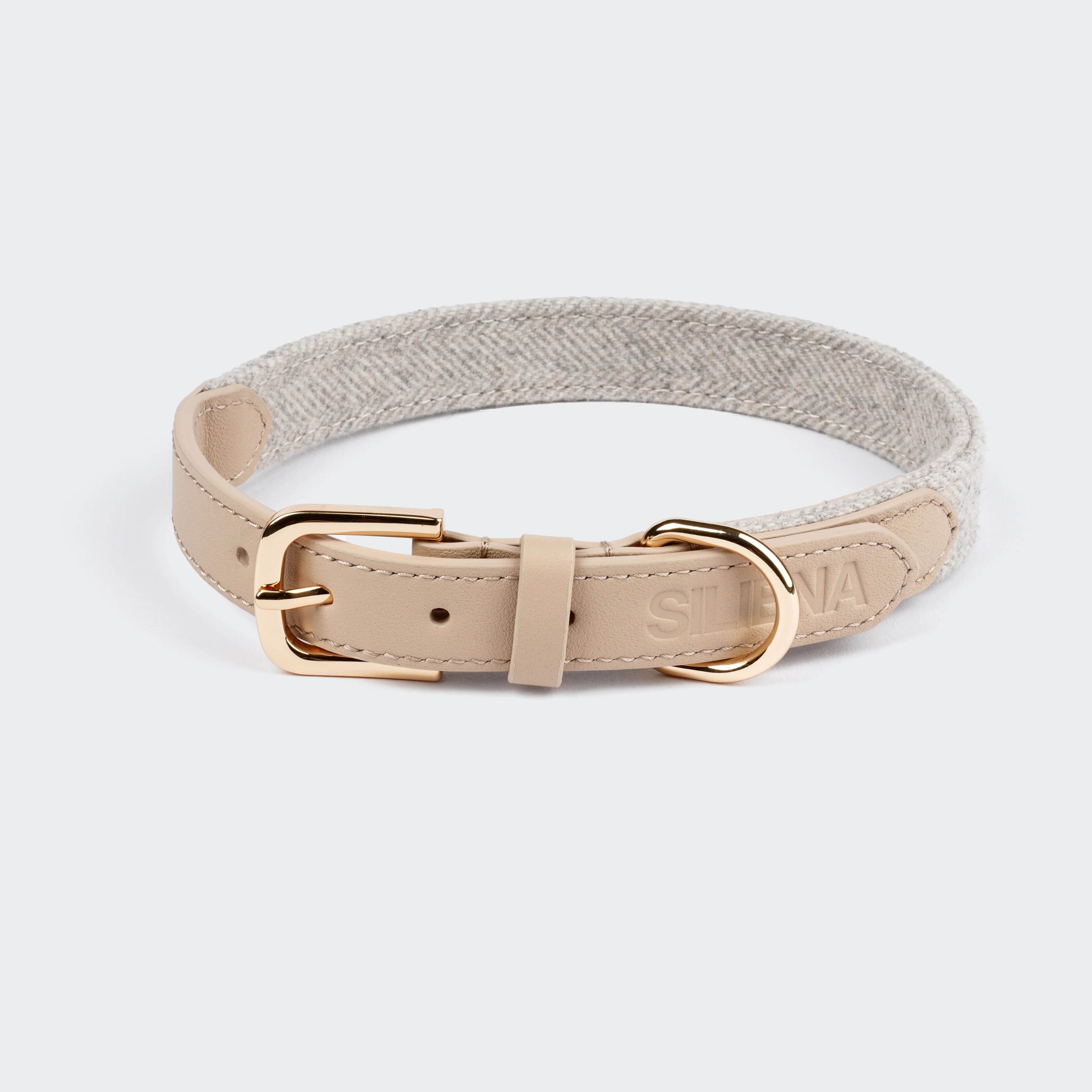
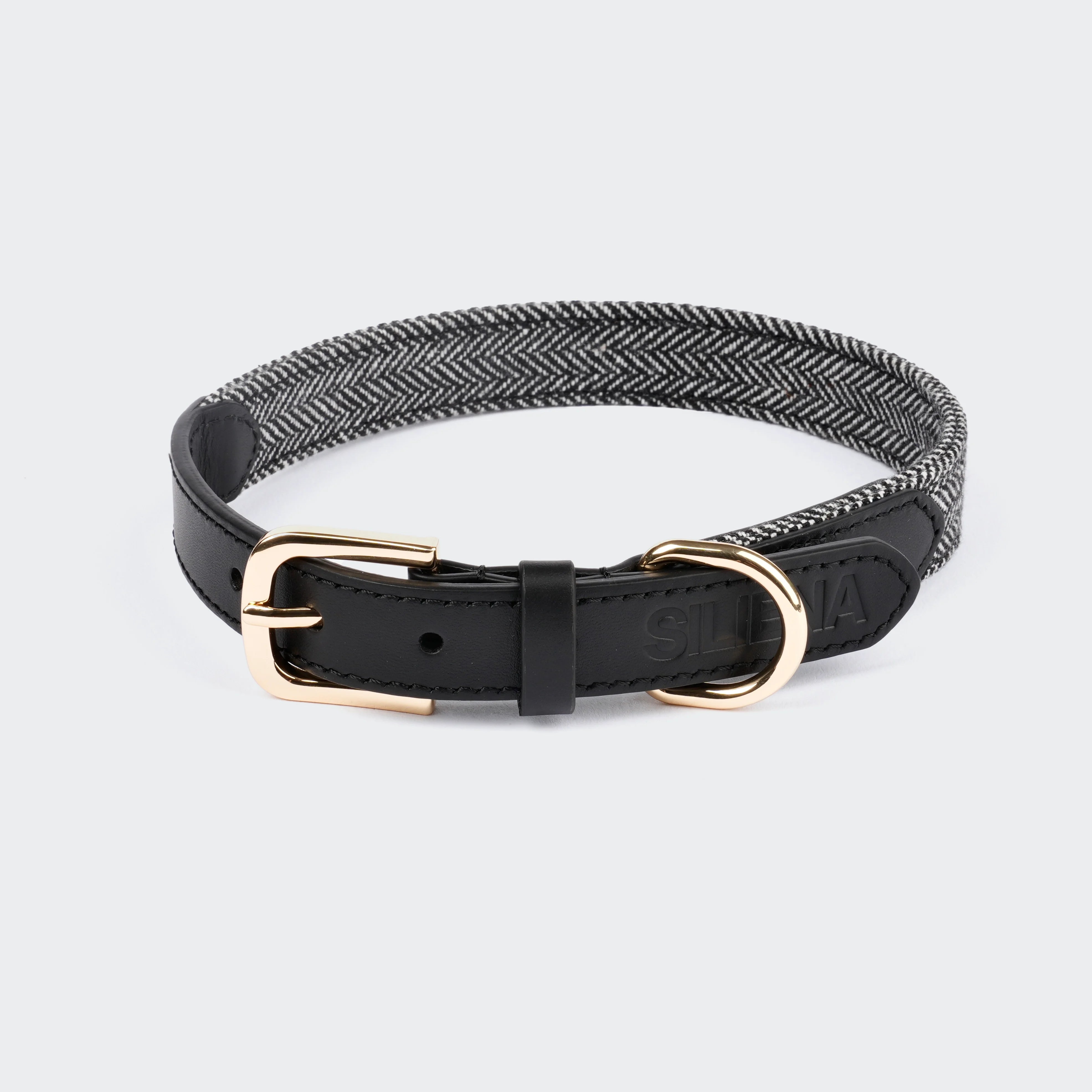
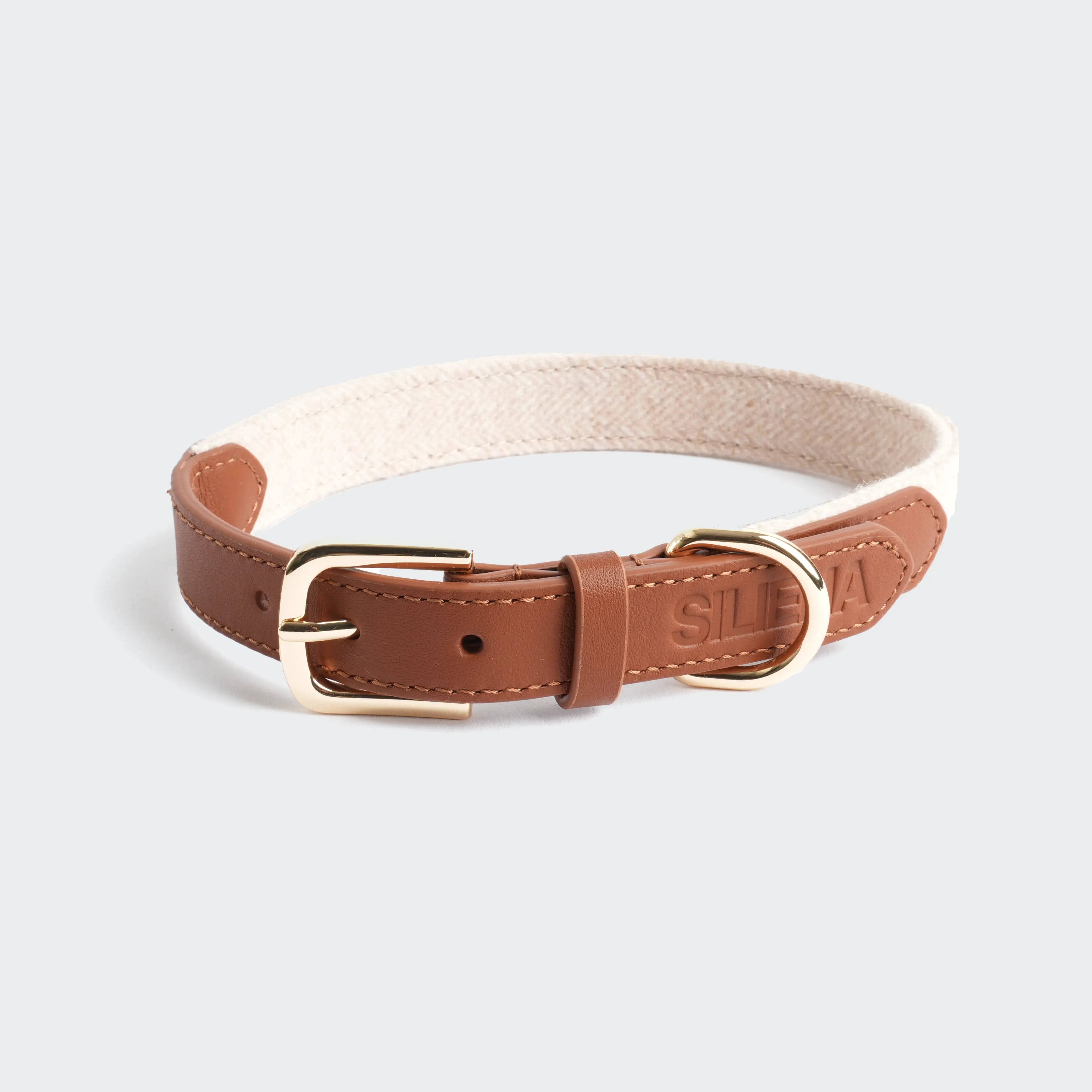
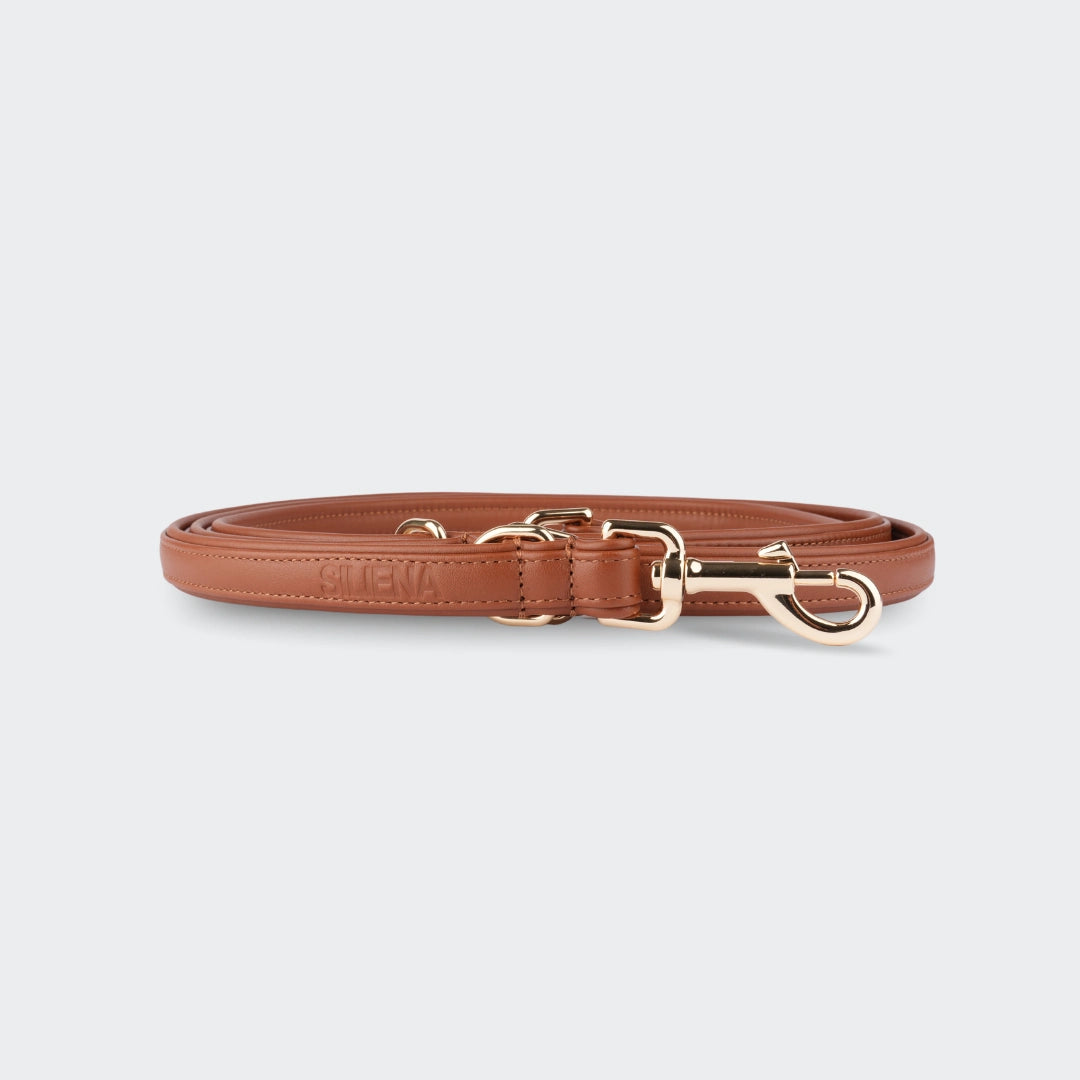
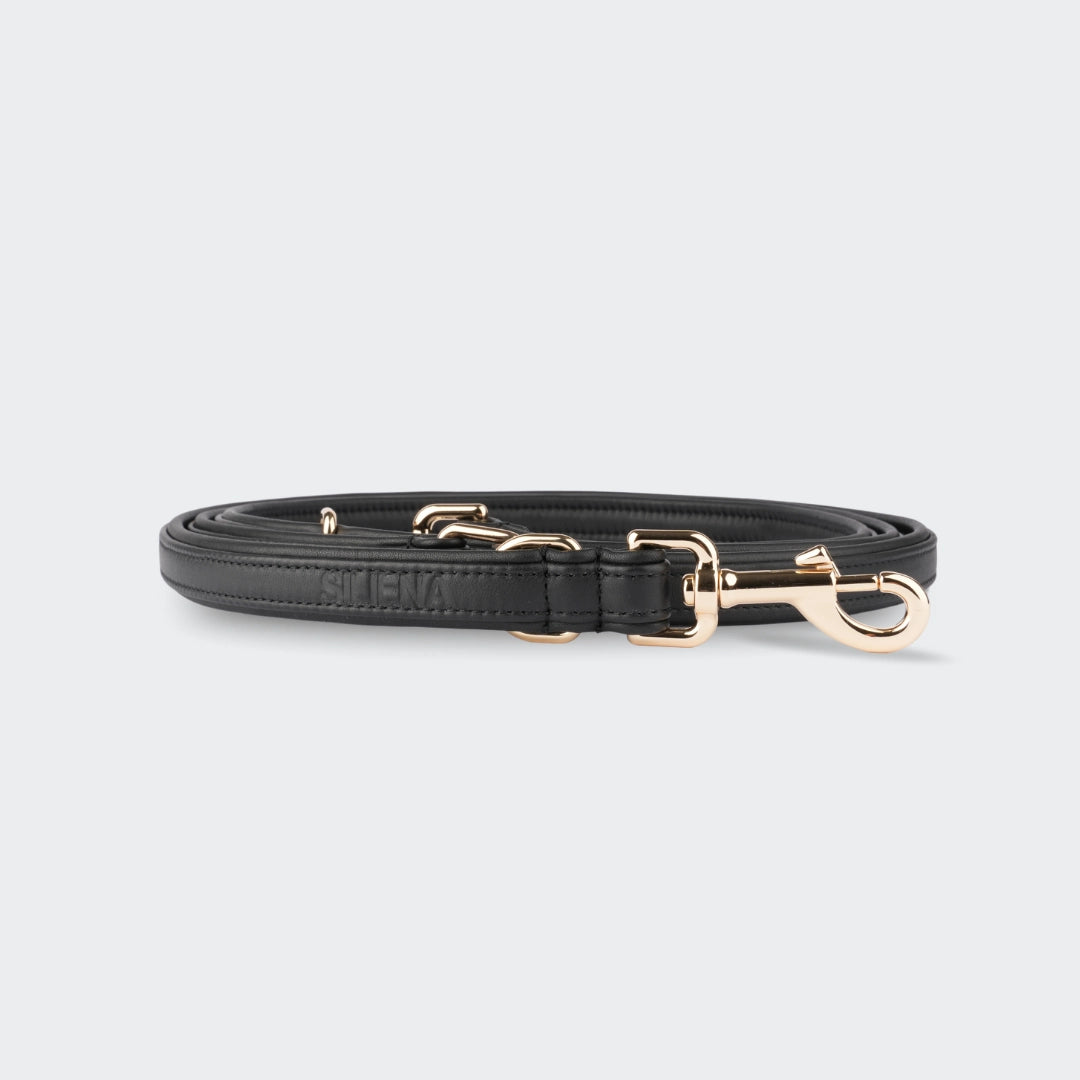
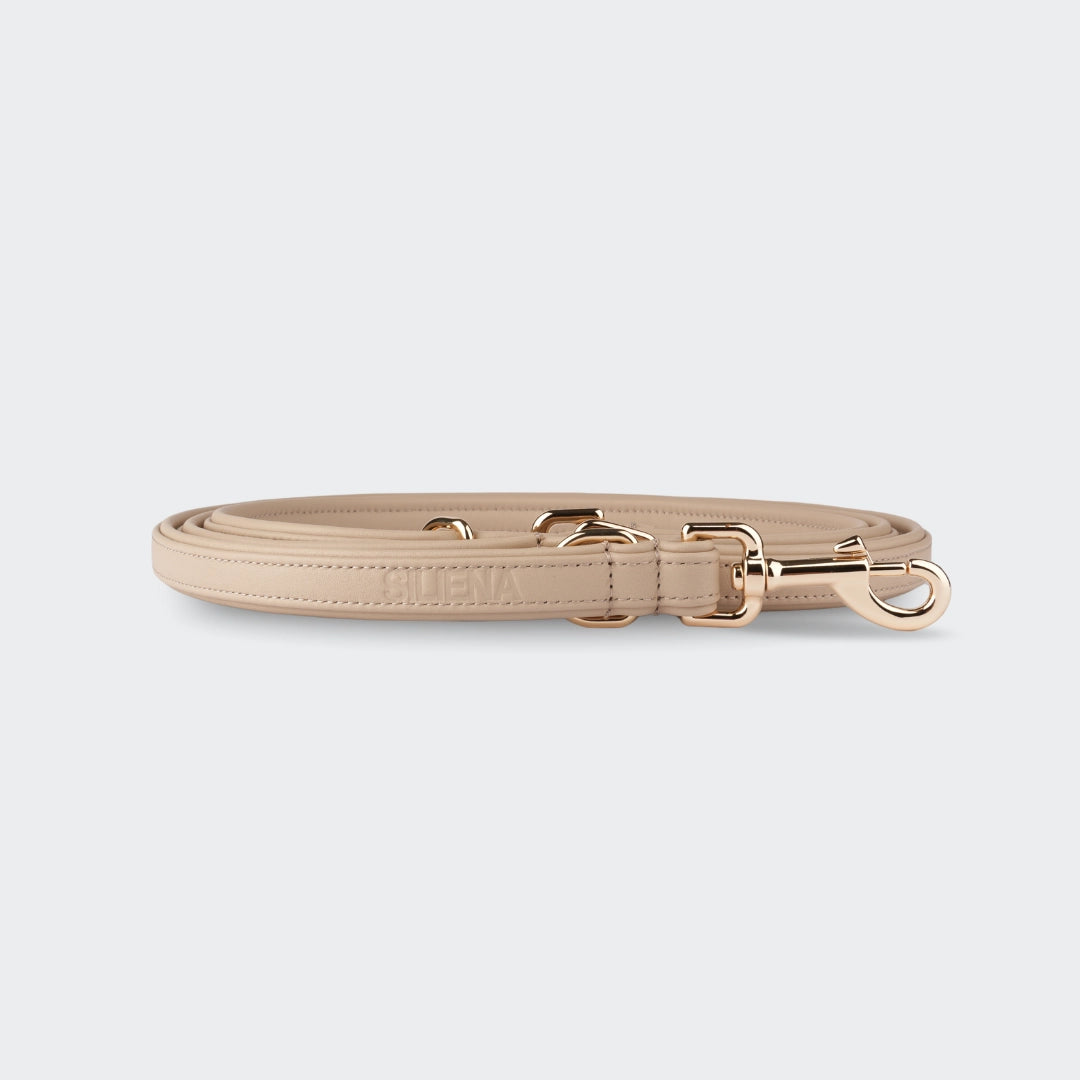
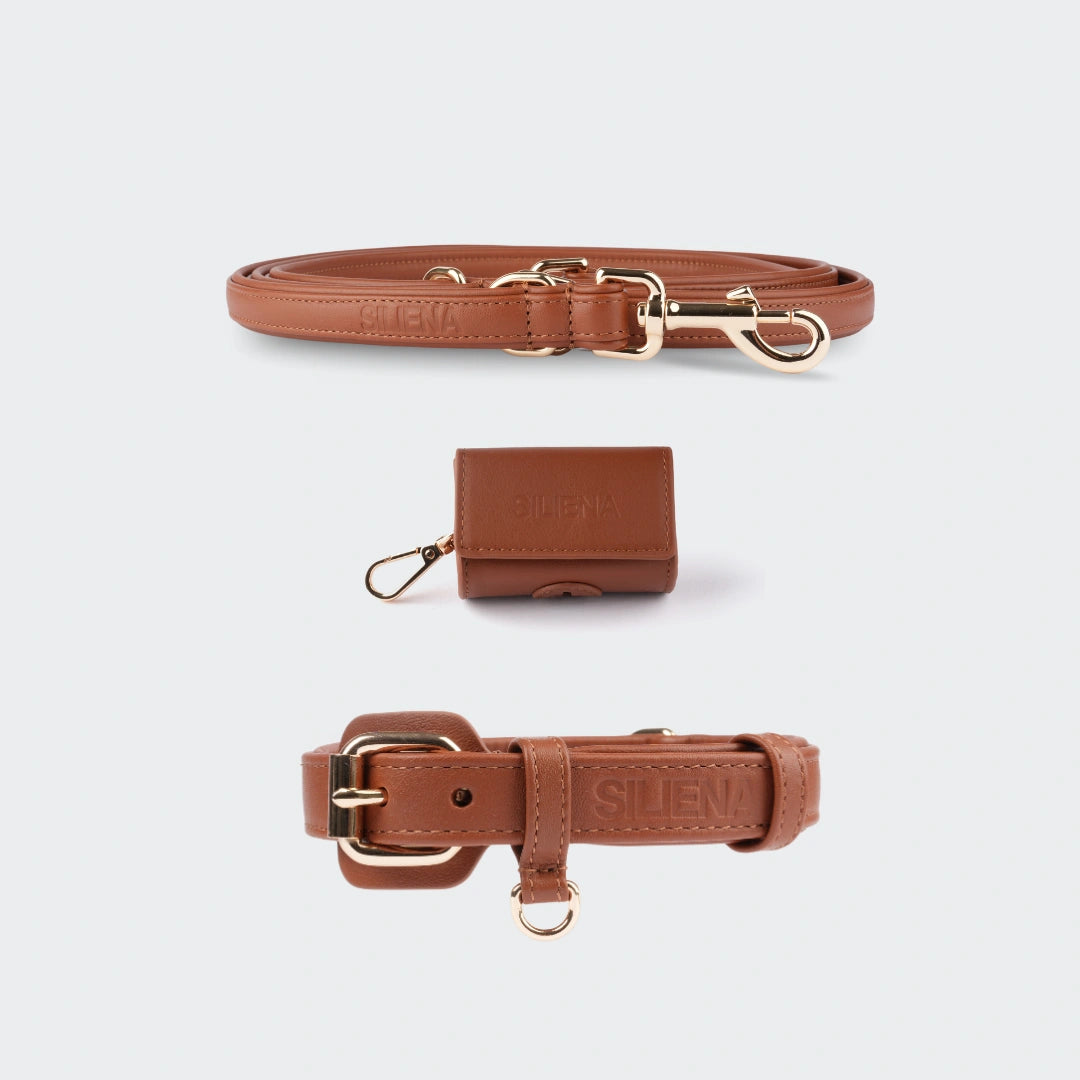
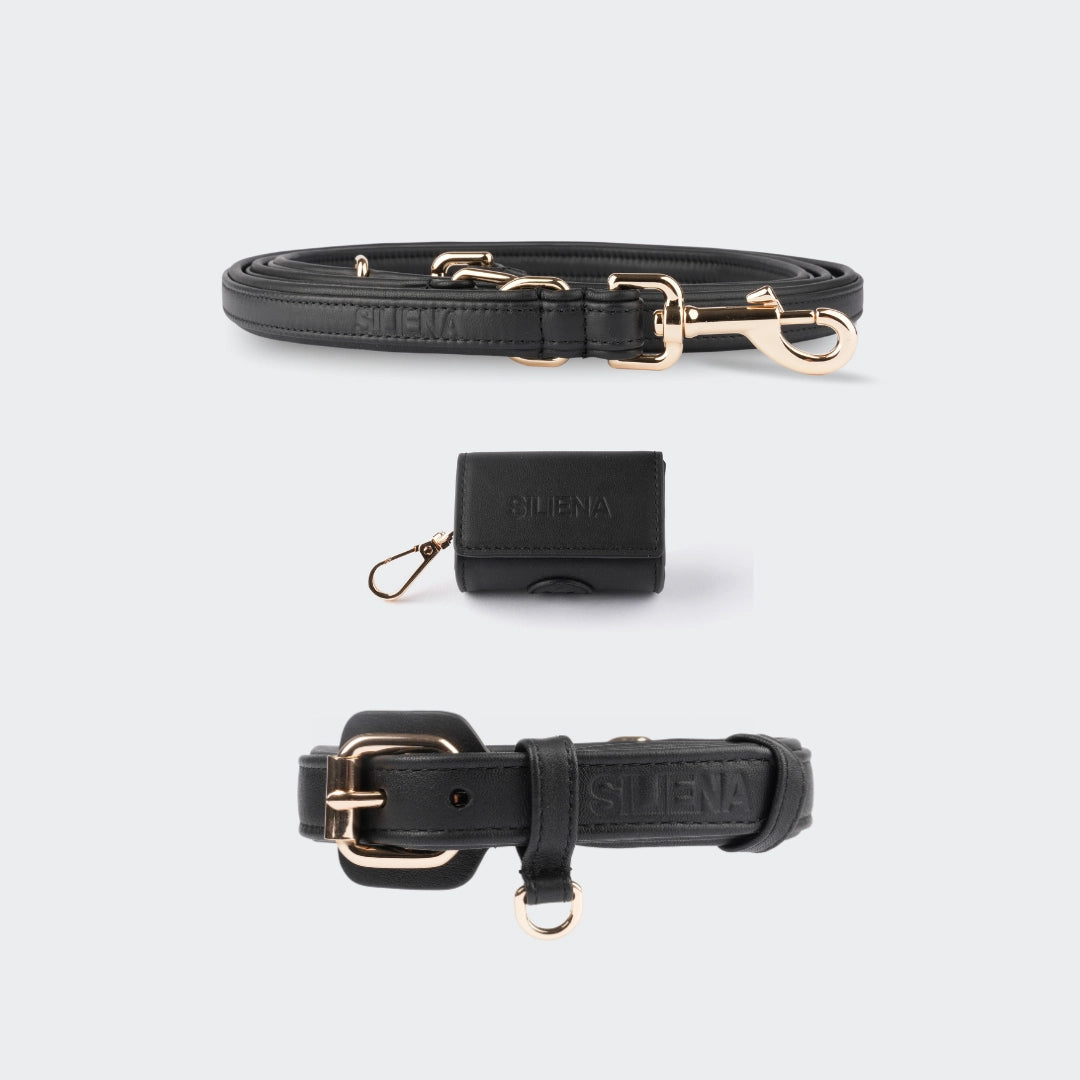
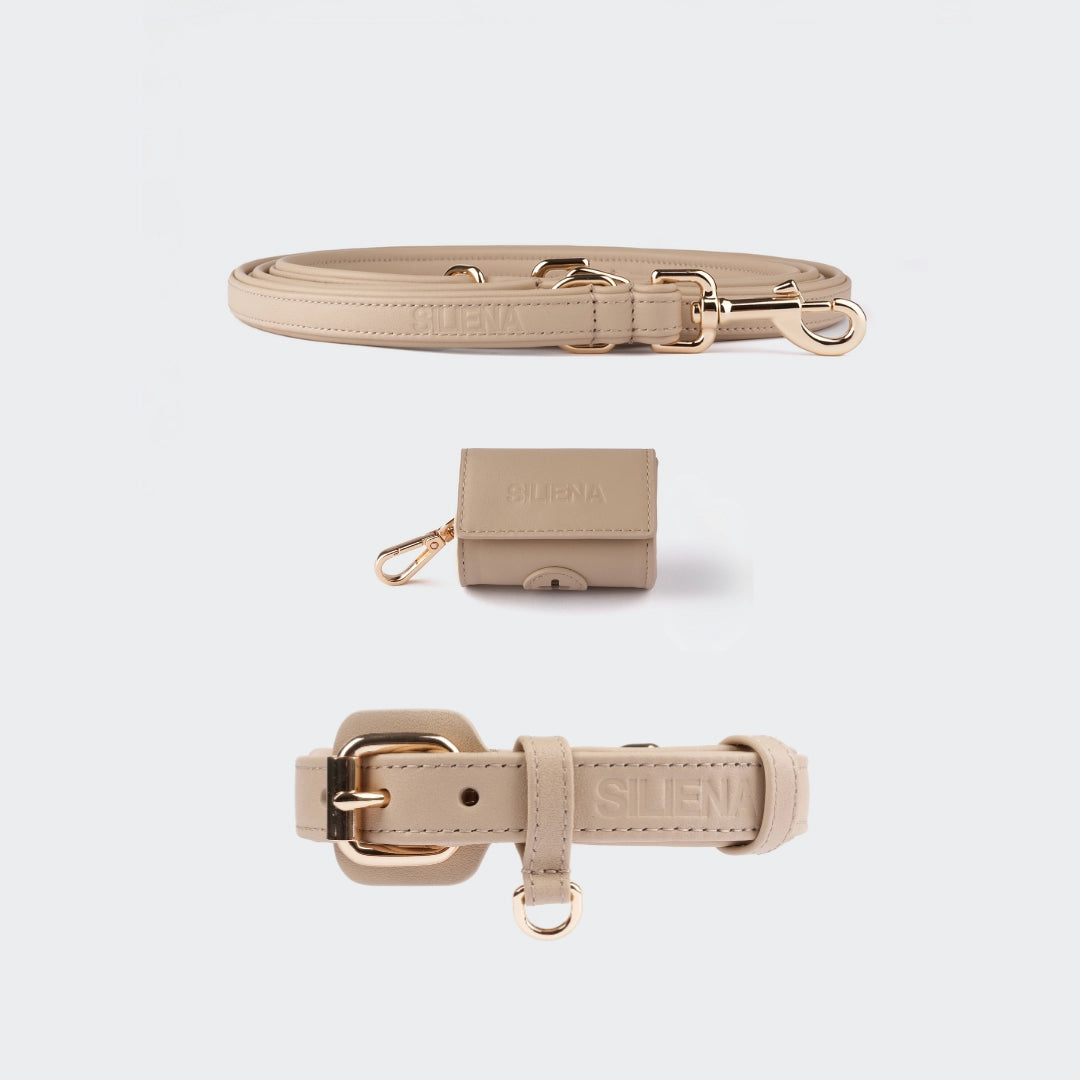
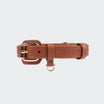
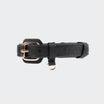
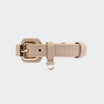
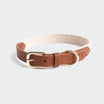
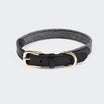
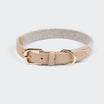
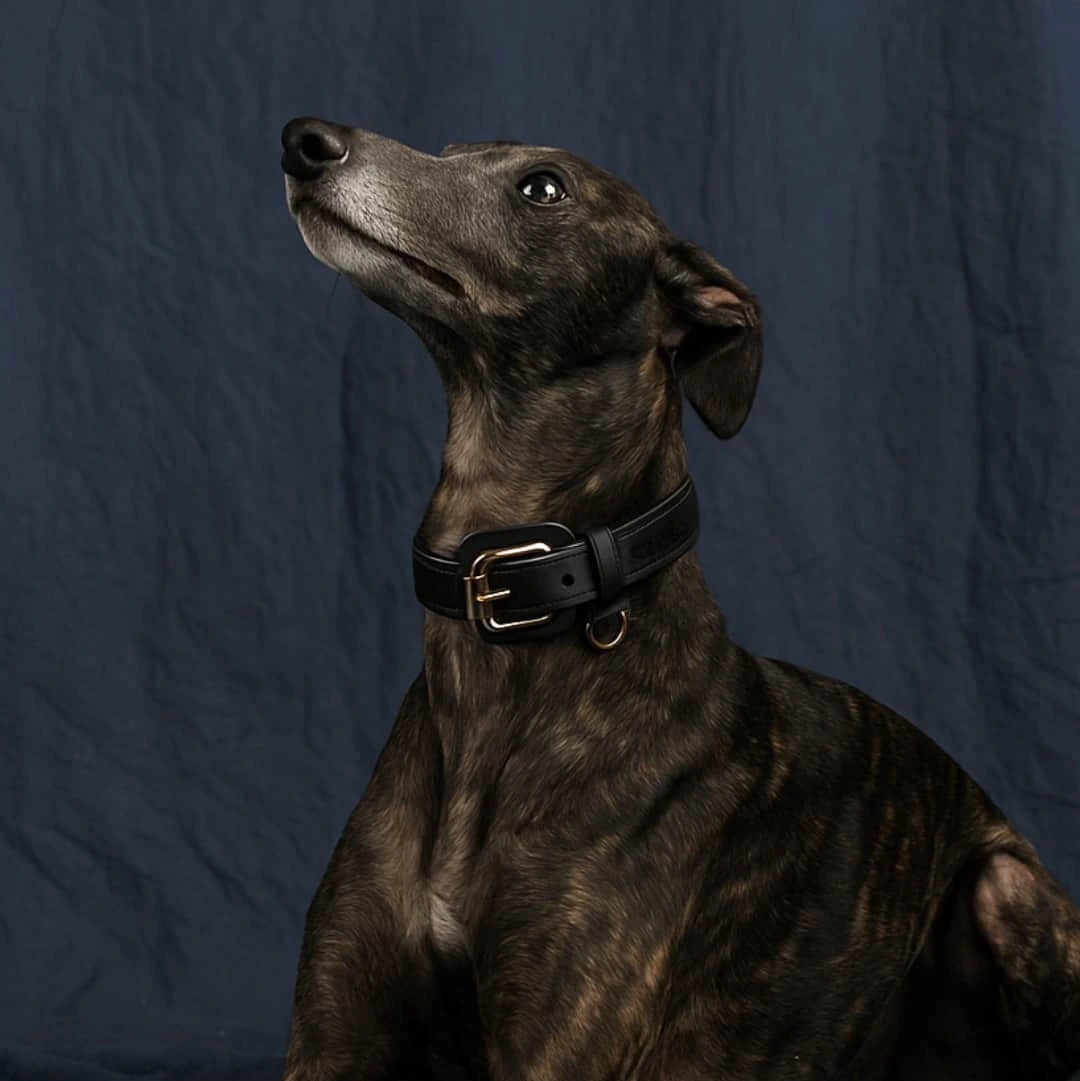
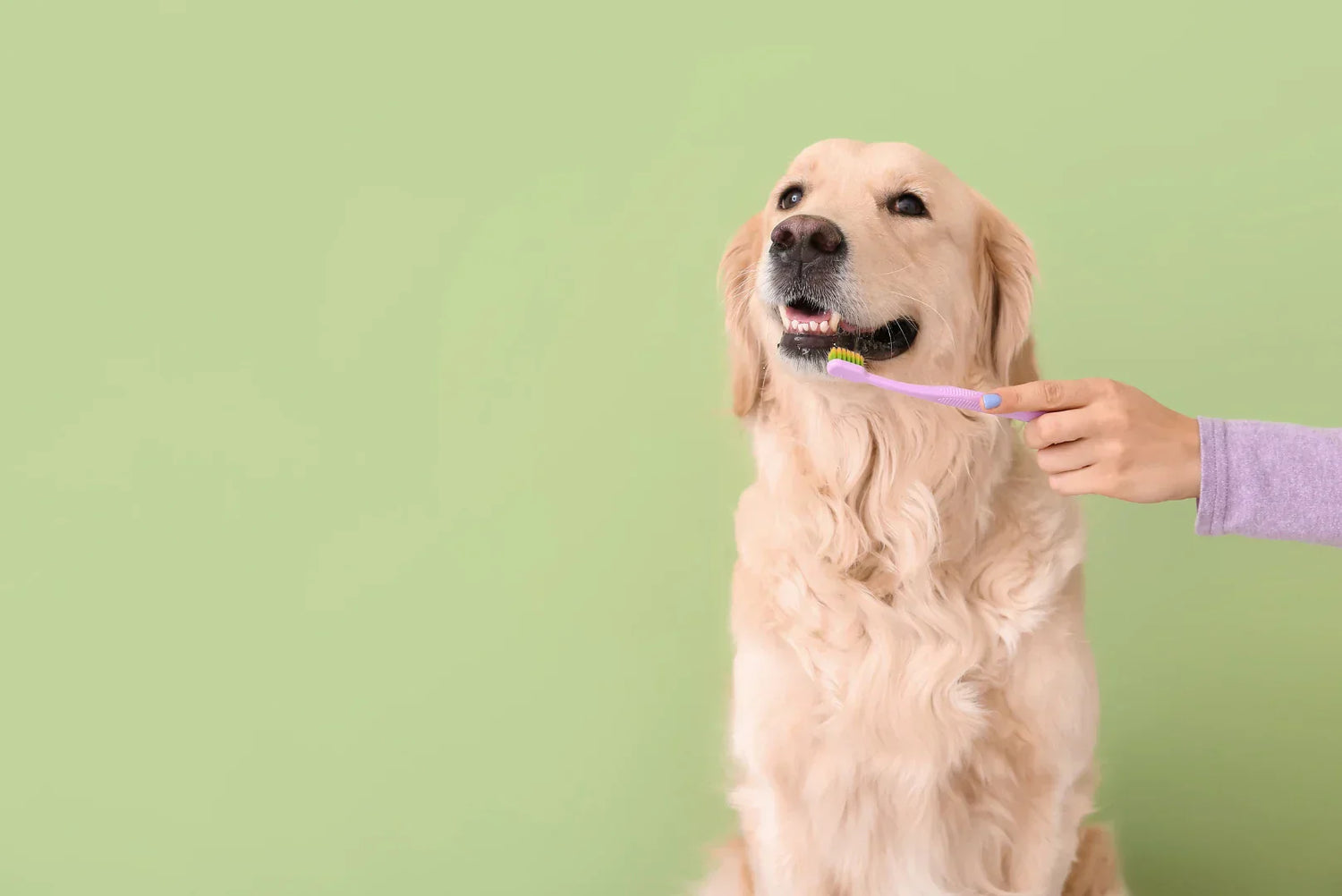
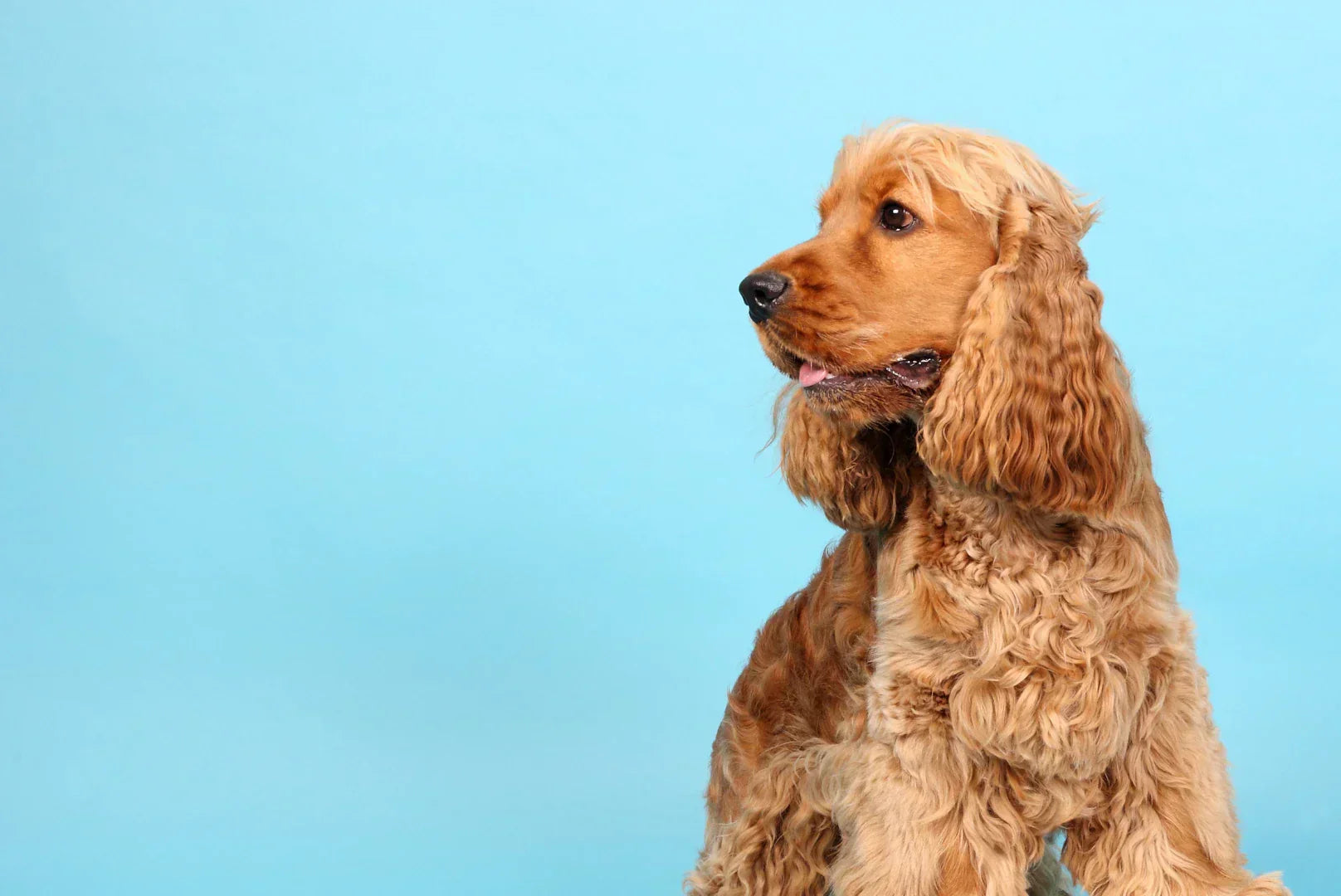

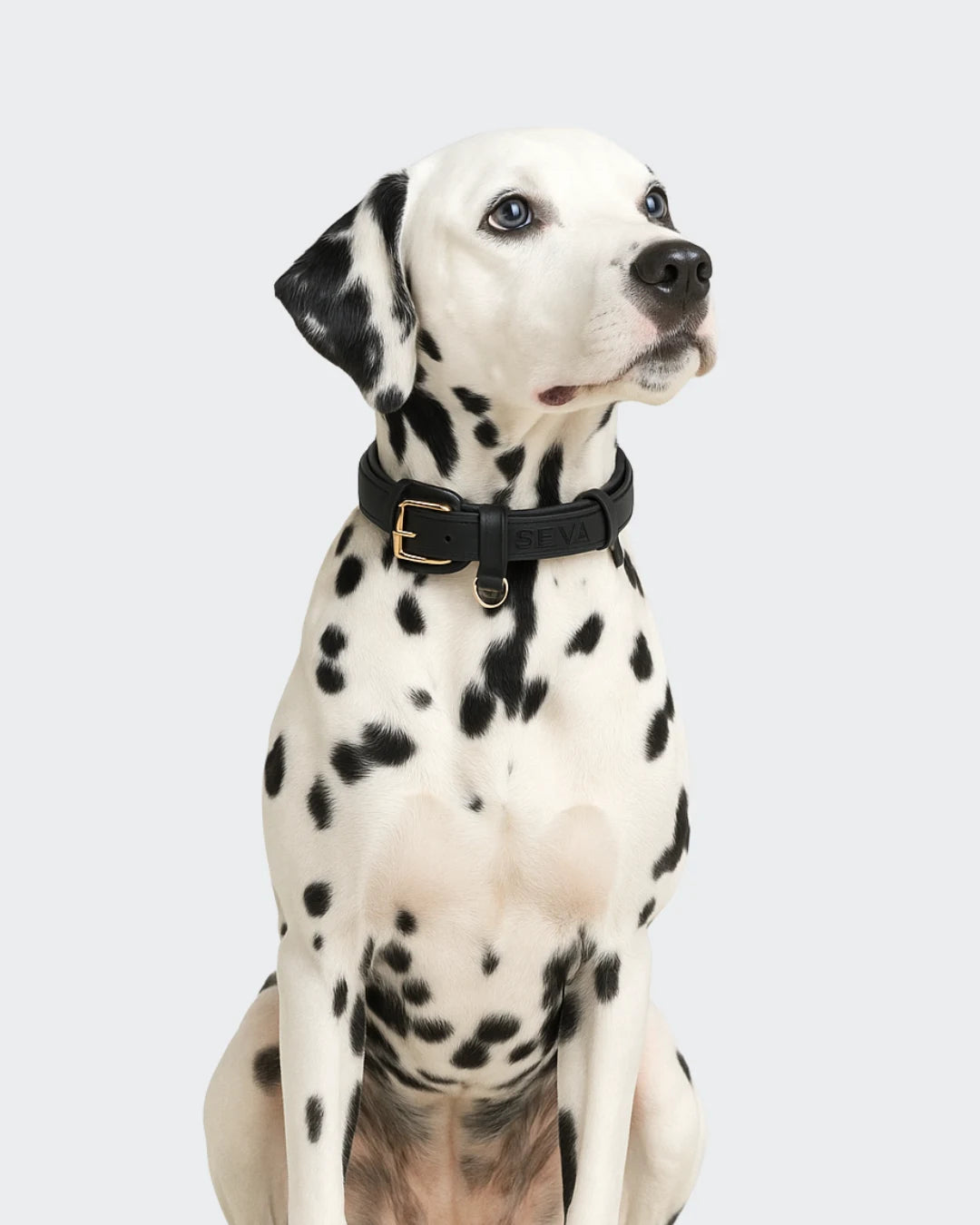
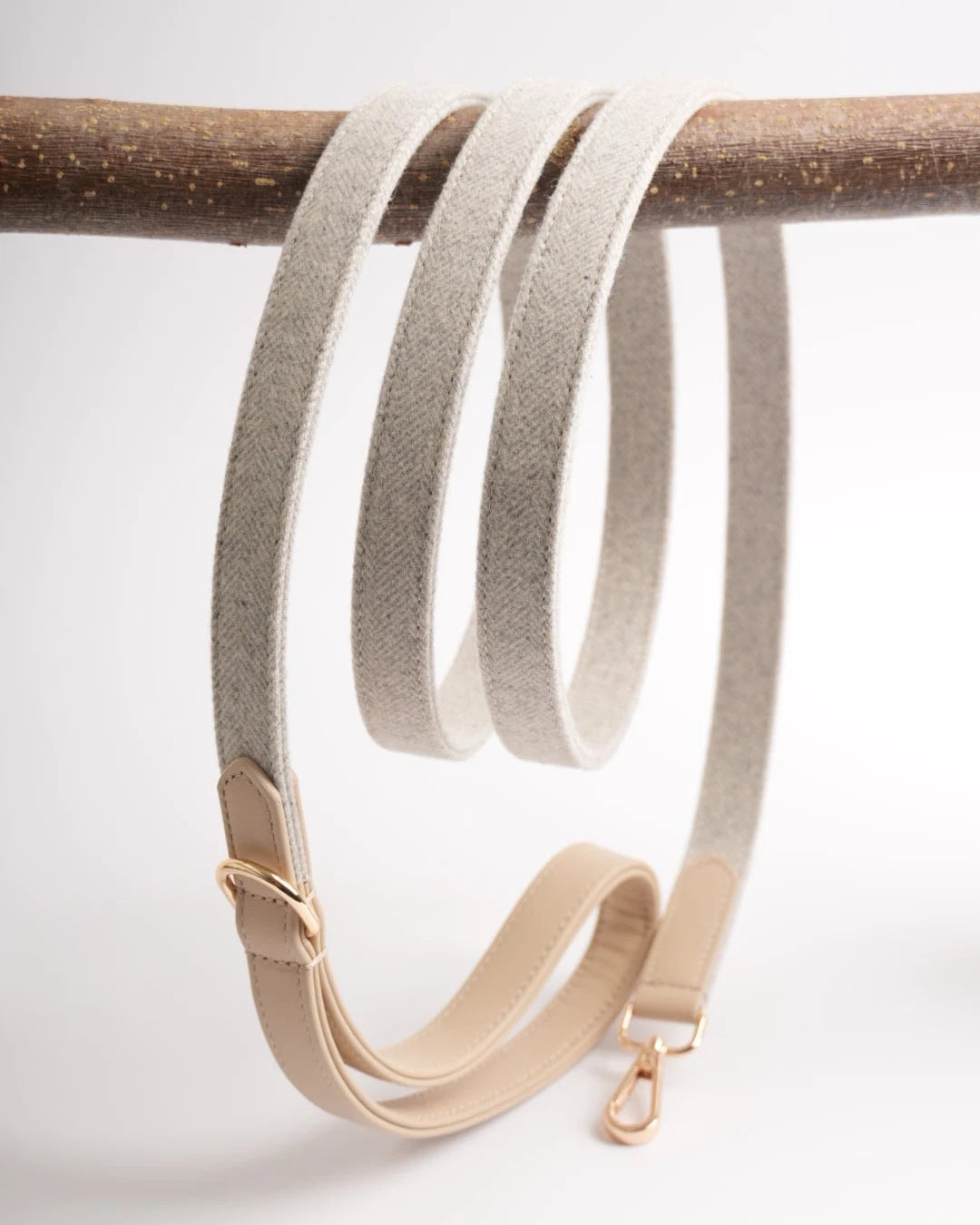
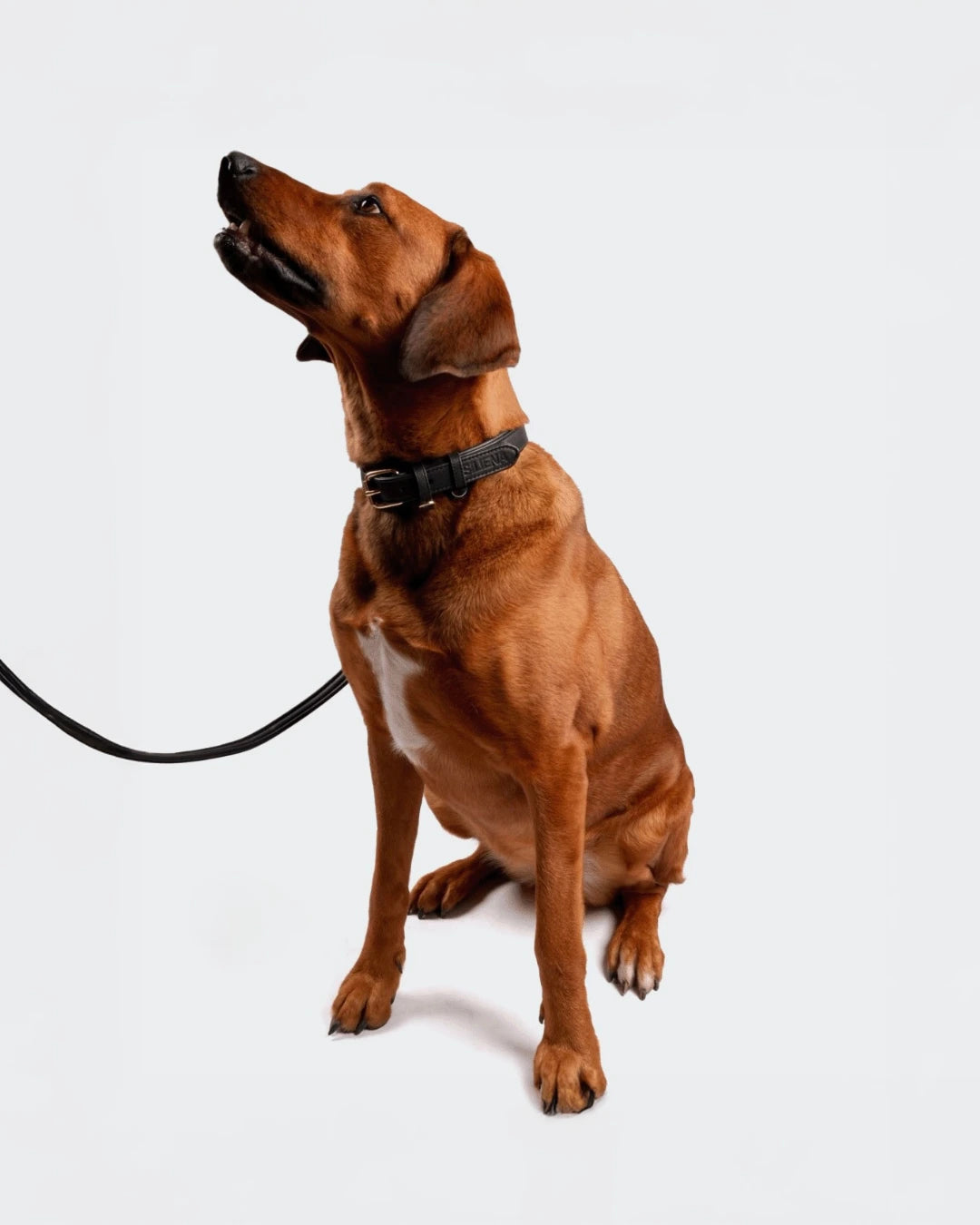
Leave a comment
This site is protected by hCaptcha and the hCaptcha Privacy Policy and Terms of Service apply.